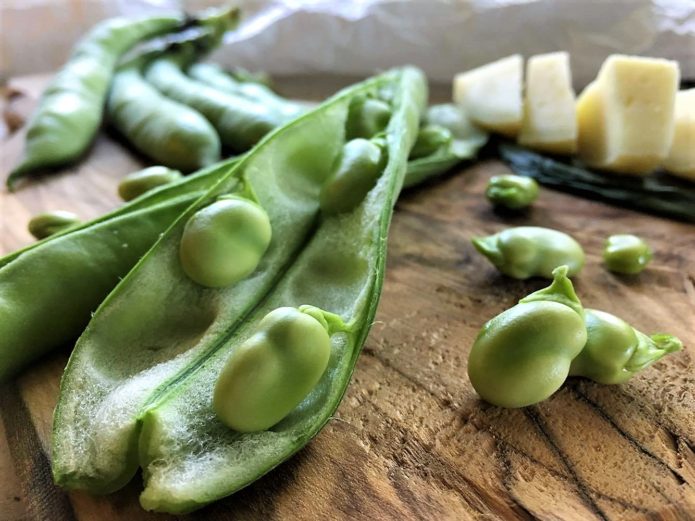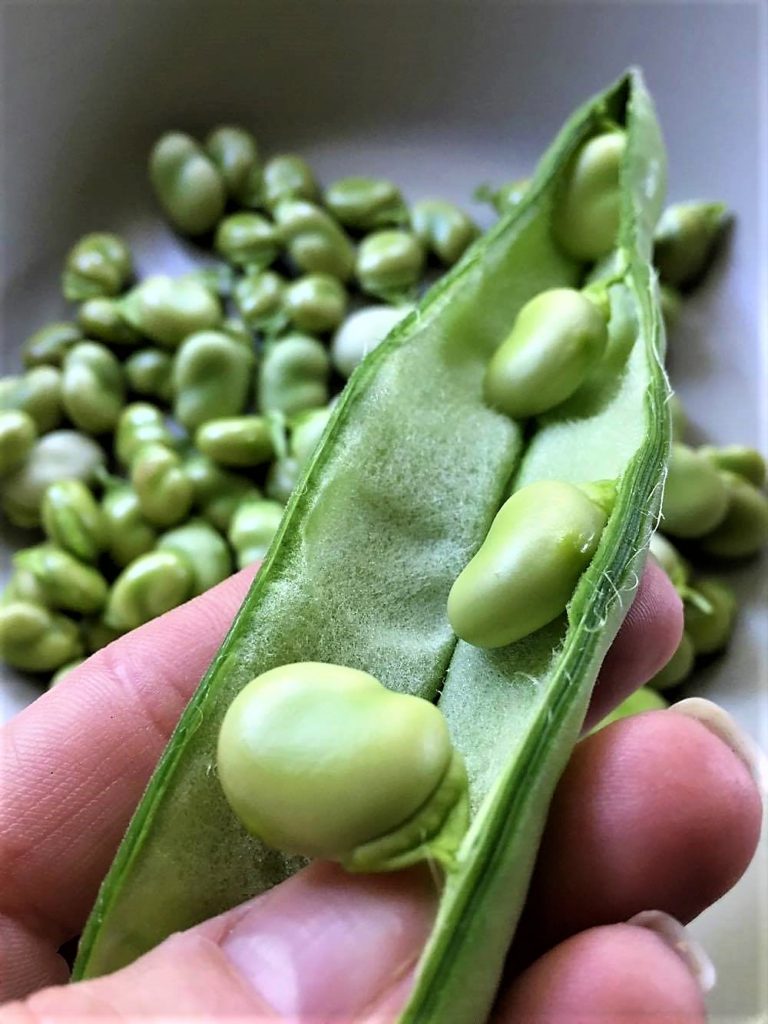As I’m sitting by the fireplace sipping my coffee, watching some shy snowflakes dancing in the air, like trying to figure out which is the best place to lay down on, my mind goes back in time, to the same period in the old days when I was a child, living in the countryside with my family.
A community event and a family feast
Late winter was usually some sort of a break, a stasis during which Nature had less to offer and farmers didn’t have much work to handle on the fields. The sun was often veiled by a thick blanket of clouds, and because of the bad weather, even the farm’s animals preferred to hole up inside their stables.
And so it seems that our ancient Tuscan tradition decreed this to be the best time for domestic slaughtering, as it required the coldest weather for best preserving the great amount of meat that had to be handled during the butchering, since there were no big storage cellars back then, as we see today.
In the countryside, money didn’t come first: farmers would work hard everyday to make a living. Everything was seen as a precious resource and the community spirit was strongly felt, as neighbors were often the only workforce farmers could count on, other than their families. Their precious help and hard work was always rewarded with food, wine and of course a hand when needed.
Pig slaughtering was an important moment for the community and a family feast, so everyone would gather to give a hand, because they all knew that after a long day of intensive labor, would follow an evening of generous pork treats and good wine; and we do have to say that back then, it was the only time of the year when people would afford to indulge on such a great amount of meat.
Pork meat has always been a valuable asset in our culinary tradition, because nothing ever got wasted, not even the smallest and apparently most insignificant part of it. After being properly processed by the butcher, it turned into a year’s supply for the farming families, and a precious bargaining chip for other goods or services.
Based on Nature’s course, our farmers followed a precise sequence for consuming the products obtained from their animal. Everything was based on seasonality so the goods that were eaten first were those which needed less time for preparation and aging, like jowl and pork belly.
Prosciutto crudo Toscano
In Tuscany, we have a wide range of fine cured meats and other pork products of excellency, but when we think of pork, the first thing that comes to mind is the PDO Tuscan Raw Ham (Prosciutto Crudo Toscano DOP). This dry cured aged raw ham – probably the best in the world – is the flagship product of the Tuscan area, together with the Tuscan Pecorino Cheese and the Chianti Wine. So precious that in older times, it was the last pork product to be consumed: often up to one year later. The finest delicacy farmers had and which they were often jealous about. I remember that “opening” the Prosciutto was a convivial moment, a feast where friends and families were invited to share this delicacy, but only because the first part of the hind leg had a little too much fat around, before getting to the finest savory, chewy bites of pure raw ham; however, that doesn’t mean it was less tasty.
Originated with the most ancient traditions, the Tuscan Raw Ham is not to be confused with the similar Raw Ham of Parma and San Daniele. The process may seem quite the same, but the distinct flavor and the characteristic chewy, almost buttery and salty taste of the Tuscan PDO Raw Ham, are unmistakable, as it’s directly related to the local aromatics and customs, as well as the geographical area’s temperatures and humidity.
The Tuscan Raw Ham gets its typical salty taste form… well salt of course. But it’s not the quantity of salt that’s important, rather than the aging time and the particular environment with the right level of humidity, where the meat is being held and cured. It’s a secular tradition, that dates back in Medieval times, when farmers used to cure the hind legs with fennel seeds that grew wild along the Tuscan fields, together with sea salt to preserve the meat. More recently, juniper, garlic and pepper have been added to the recipe, but still it depends on each family’s tradition and customs that have been passed down through generations.

For what I can remember, my father used to rub the pork hind legs with a garlic and pepper pomade and leave them on a wooden table for a while – up to 20 days – then he would wash the pomade away with vinegar, and after an accurate drying, he would rub the part without the rind again with plenty of salt and pepper, to prevent flies from wasting the meat.
In my family, nothing was being wasted, so when the ham was over, the bones were used to flavor the more simple peasant dishes, like the Tuscan bread soup or the beans soup, but before doing that, my mother always used to preserve some marrow in a small jar inside the fridge. It was her secret medicine for when me and my brothers would come back home with bumps and bruises… a little scrub on the spot and the pain would disappear. Now you think that’s funny, but I tell you it made a miracle medicine back then.
And talking about childhood memories, the best “merenda” (snack) we ever had as kids – and that we’re still greedy about to this day – was the very popular “panino col pane sciabo e prosciutto” (the Tuscan unsalted white bread and raw ham sandwich). Yes, because nothing is random: the typical Tuscan unsalted white bread makes the perfect match with the salty Tuscan Raw Ham, as it brings out the very best of this fine cured meat’s taste. Imagine eating a salted piece of bread with an even saltier piece of raw ham, or Pecorino aged cheese… it’s all been figured out since ages, no wonder our culinary matches are known worldwide!










